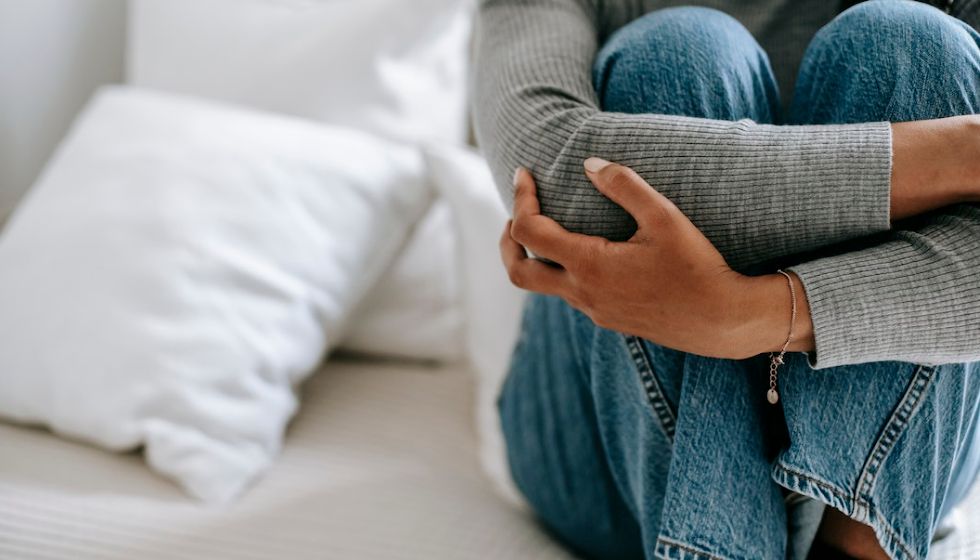

Hemorrhoids are an enlargement of the veins in the anal area (anus and rectum) and the tissue surrounding them, a phenomenon similar to the varicose veins that can appear on the legs. A Frenchman over 50 will be a victim of it in his lifetime. As embarrassing as it is frequent, this very intimate problem is too often the object of taboos. Doctissimo returns to the causes and symptoms of hemorrhoids.
Produced by venous dilatations whose size varies from one individual to another, hemorrhoids can be internal (inside the anus) or external (around the anus), depending on their location. They are normal anatomical structures and only take on a pathological appearance when they progress to a hemorrhoidal disease (i.e. when the vessels are exteriorized, forming a “ball” at the level of the anus).
Itching, irritation, and bleeding during or after bowel movements are typical symptoms of hemorrhoids. Other rarer symptoms may also be associated with it.
Whether internal or external hemorrhoids, itching and pain may appear; although very bothersome, these symptoms should not cause you to scratch. This would only aggravate the inflammation and, therefore, the pain.
In the case of internal hemorrhoids, defecation is painful, and an internal burning sensation can be felt. Not visible, internal hemorrhoids do not allow an obvious self-diagnosis. Pain is not an element that necessarily accompanies hemorrhoidal diseases. Still, it generally accompanies their complications, which can be internal or external thrombosis, depending on the location of the affected vessels. Treated effectively, hemorrhoids are not dangerous from a medical point of view, but the thrombosis can ulcerate and bleed after a few days.
Bleeding is usually light and hardly noticeable on underwear or toilet paper. In the event of bleeding, please inform your doctor, who will be able, thanks to a local examination (with an anoscope ), to classify the hemorrhoids according to their anatomical position. Very often, your practitioner will not be satisfied with this observation and will prescribe other complementary examinations because this type of bleeding can also be the first sign of rectal cancer.
Again, this sensation can reflect inflammation related to internal hemorrhoids.
A pinkish or bright red discharge may indicate the presence of internal hemorrhoids. But beware, oozing from the anus can have many origins: hemorrhoids, ulcerative colitis, ulceration of the rectum, colon tumors, atrophy of the intestinal mucosa…
Unlike internal hemorrhoids, external hemorrhoids form small lumps of variable size and shape but can be identified at the exit of the anus.
Advanced forms of internal hemorrhoids can be externalized. Thus, there are three degrees of internal hemorrhoids:
1st-degree hemorrhoids: The anal canal is normal
2nd-degree hemorrhoids: There is a beginning of prolapse of internal hemorrhoids, still reducible. The hemorrhoid comes out of the anus at the time of defecation before returning to its normal position.
3rd-degree hemorrhoids: Internal and external hemorrhoids come together. The hemorrhoid must be replaced manually after defecation.
4th-degree hemorrhoids: Hemorrhoids remain more or less constantly externalized. It causes discomfort, oozing and bleeding. It is not possible to replace them manually.
The hemorrhoidal crisis lasts from 2 to 4 days. It is accompanied by pain and bleeding from the anus.
In hemorrhoidal disease, the hemorrhoidal pads slide down towards the anus (exit out of the anus of internal hemorrhoids). This is called hemorrhoidal prolapse.
The hemorrhoidal crisis can also be complicated by hemorrhoidal thrombosis, characterized by clot formation in the hemorrhoidal tissues.
It is normal for the veins in the recto-anal region to dilate slightly during defecation. On the other hand, when this dilation becomes persistent, it is problematic, and we then speak of hemorrhoids. There are several possible causes for the appearance of these hemorrhoids. They can be favored by:
The treatment of hemorrhoids is based on pain medication (paracetamol or ibuprofen) and cortisone-based creams prescribed for a short time.
Ligation of the hemorrhoids, radiofrequency or sclerosis of the hemorrhoidal vessels (consisting of an injection of a sclerosing product) can be considered. A surgical operation can also be proposed if necessary.
Generally, simple treatments can treat hemorrhoids effectively, reducing pain and inflammation. Care should also be taken to regulate intestinal transit by fighting against constipation. Finally, particular attention must be paid to the hygiene of the anal region without however going overboard, as soap can irritate it.
This post was last modified on July 25, 2023
Meticulous preparation and close attention to detail will guarantee that these worthwhile properties arrive at…
According to human psychology, humans think a lot and assume everything that is happening in…
The Face Roller Massager has many benefits, from relaxation to reducing all signs of aging.…
Moviezwap site is available on the internet; everyone can browse the moviezwap.org Hindi, Telugu, and…
Hodophile can be found all over the world, and they come from all walks of…
If you're trying to get pregnant, it's worth thinking about improving your diet. Avoid sausages,…